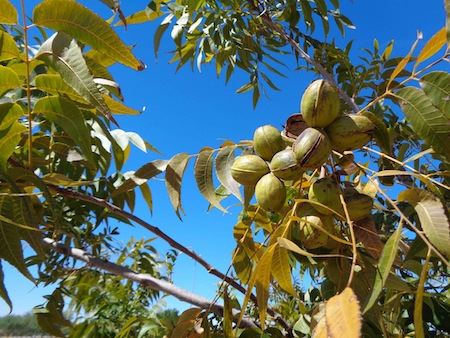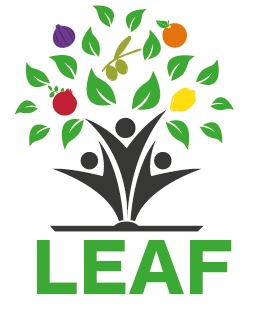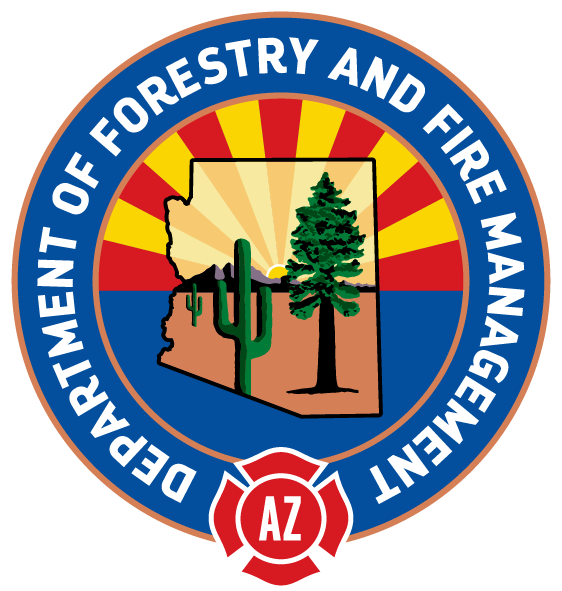Climate Change Click Here for a PDF of Climate ChangePotential impact of climate change on tree characteristics Rain, temperature and other weather factors are being affected by shifts occurring in the climate. Tree characteristics and needs could change over time due to climate shifts. A discussion of potential climate changes, impacts and strategies to adapt to these impacts is provided in the 20-page PDF at this document link: Edible Trees and Climate, A Focus on Arizona. Scientists cannot predict exactly how climate will change, but the changes listed below could occur in Arizona and the Southwest. These could affect where edible trees should be planted and how much water they will need. |
|
POTENTIAL CLIMATE CHANGES IN ARIZONA AND U.S. SOUTHWEST Heat and drought changes
Precipitation changes
Evaporation changes
Wind changes
Water demand changes
| Water supply changes
Additional effects on edible trees
Projected changes in USDA Cold Hardiness Zones
|
CAUTION: Never eat anything that is not properly identified. It is your responsibility to ensure that all fruits, nuts, seeds, pods and other edible products of trees and shrubs are correctly identified and safe to eat before eating them or serving them to others.
Copyright 2023
LEAF is under the fiduciary stewardship of the Arizona Community Tree Council, a 501(c)3 non-profit organization.
70 S Val Vista Drive, Suite A3-186, Gilbert, AZ 85296

 Higher temperatures and lower rainfall could stress trees, such as this high water use pecan.
Higher temperatures and lower rainfall could stress trees, such as this high water use pecan.

